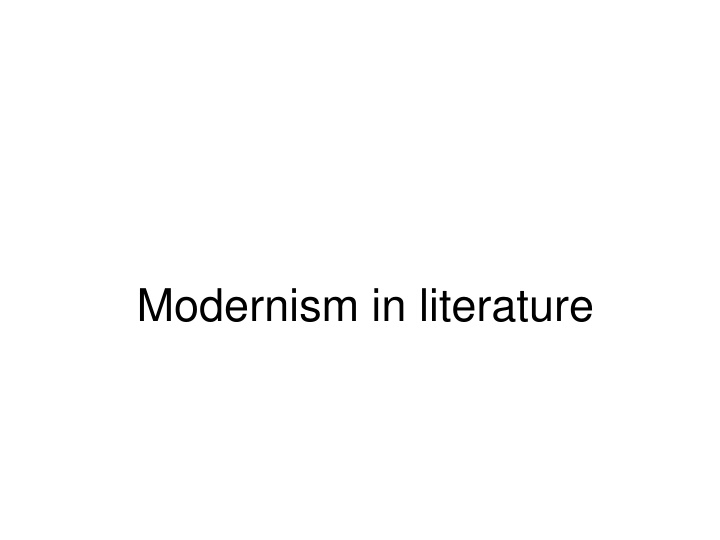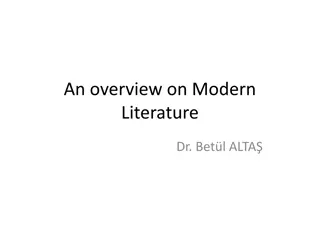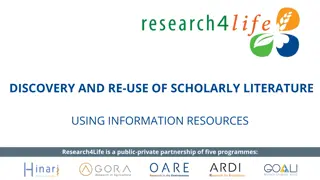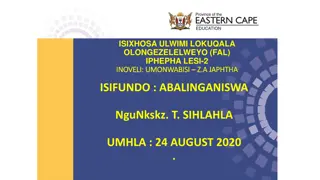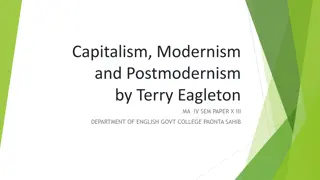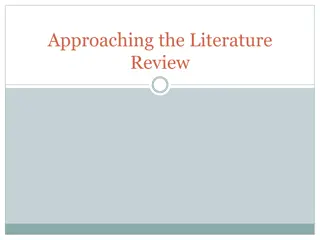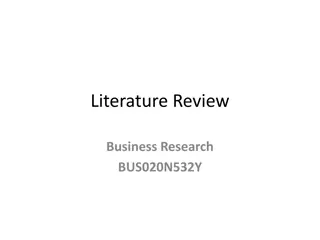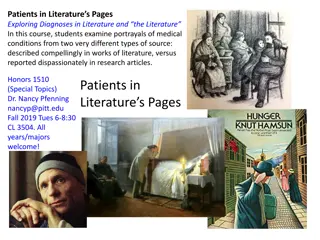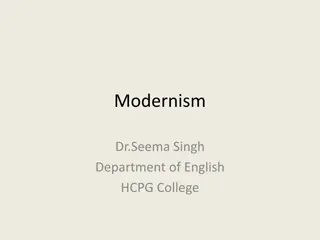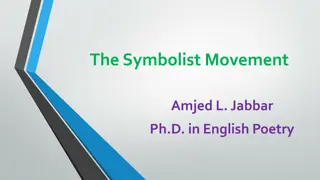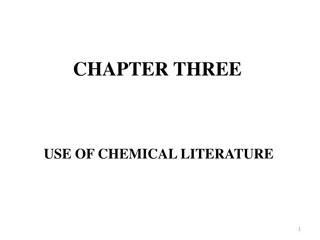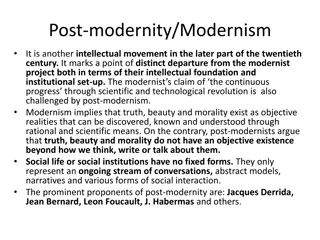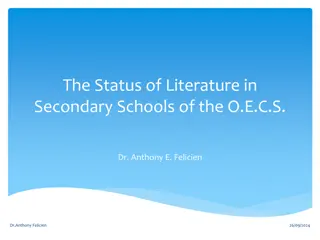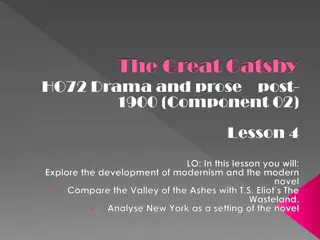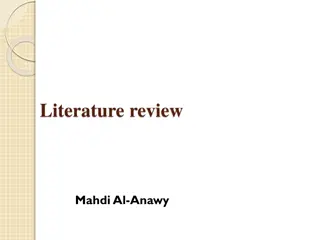Modernism in Literature and Beyond
Modernism in literature emerged as a groundbreaking international movement in the early 20th century, challenging traditional norms and exploring new forms of expression. This movement, characterized by experimentation and a rejection of absolute knowledge, extended beyond literature into various fields like science, philosophy, art, and architecture. Modernism reflected a sense of cultural crisis and sought to capture the complexities of modern urban life while embracing themes of distortion, disillusionment, and the unconscious mind.
Download Presentation

Please find below an Image/Link to download the presentation.
The content on the website is provided AS IS for your information and personal use only. It may not be sold, licensed, or shared on other websites without obtaining consent from the author.If you encounter any issues during the download, it is possible that the publisher has removed the file from their server.
You are allowed to download the files provided on this website for personal or commercial use, subject to the condition that they are used lawfully. All files are the property of their respective owners.
The content on the website is provided AS IS for your information and personal use only. It may not be sold, licensed, or shared on other websites without obtaining consent from the author.
E N D
Presentation Transcript
Questions to consider Define the word modern in your own words: What does the word modern mean to you? What are its associations? Is it a positive or negative term? Why?
Definition Modernism is a literary and cultural international movement which flourished in the first decades of the 20th century. It reflects a sense of cultural crisis which was both exciting and disquieting, in that it opened up a whole new vista of human possibilities at the same time as putting into question any previously accepted means of grounding and evaluating new ideas. Modernism is marked by experimentation, particularly manipulation of form, and by the realization that knowledge is not absolute.
A few dates 1909 First Manifesto of Italian Futurism 1910 Death of Edward VII Post-impressionist exhibition in London 1913 Russian Cubo-futurism English Verticism 1916-20 Dada 1912-17 Imagism Tradition and individual Talent by TS Eliot 1922 Ts. Eliot s The Waste Land J. Joyce s Ulysses Death of M.Proust
Modernism as a movement Modernism as a movement can be recognized not only in literature but also in The sciences Philosophy Psychology Anthropology Painting Music Sculpture Architecture
General Features Modernism was built on a sense of lost community and civilization and was made up of a series of contradictions , embraced multiple features of modern sensibility Revolution and conservatism Loss of a sense of tradition Increasing dominance of technology
Thematic features Intentional distortion of shapes Focus on form rather than meaning Breakdown of social norms and cultural values Dislocation of meaning and sense from its normal context Disillusionment Rejection of history and the substitution of a mythical past Need to reflect the complexity of modern urban life Importance of the unconscious mind Interest in the primitive and non-western cultures Impossibility of an absolute interpretation of reality Overwhelming technological changes
Albert Einstein (1879-1955) The Theory of General Relativity A metric theory of gravitation Einstein's equations link the geometry of a four-dimensional space-time with the energy-momentum contained in that space- time Phenomena ascribed to the action of the force of gravity in classical mechanics, correspond to inertial motion within a curved geometry of spacetime The curvature is caused by the energy-momentum of matter Space-time tells matter how to move Matter tells space-time how to curve.
Sigmund Freud (1856-1938) Austrian psychologist and psychotherapist Discovered a new method to investigate the mind through analysis of dreams and free associations Known for his theories of the unconscious mind and the defense mechanism of repression Renowned for his redefinition of sexual desire as the primary motivational energy of human life directed toward a wide variety of objects Famous for his therapeutic techniques, including theory of transference in the therapeutic relationship value of dreams as sources of insight into unconscious desires
Formal features of poetry Open form Use of free verse Juxtaposition of ideas rather than consequential exposition Intertextuality Use of allusions and multiple association of words Borrowings from other cultures and languages Unconventional use of metaphor Importance given to sound to convey the music of ideas
Free verse Use of poetic line Flexibility of line length Massive use of alliteration and assonance No use of traditional metre No regular rhyme scheme Use of visual images in distinct lines
Modernist poets W.B. Yeats Ezra Pound T.S. Eliot Emily Dickinson
Modernist novelists J, Joyce V. Woolf D.H. Lawrence J. Conrad E.M. Forster E. Hemingway W. Faulkner K.Mansfield F. Scott Fitzgerald
Formal features of narrative Experimental nature Lack of traditional chronological narrative (discontinuous narrative) Moving from one level of narrative to another A number of different narrators (multiple narrative points of view) Self-reflexive about the act of writing and the nature of literature (meta-narrative) Use of interior monologue technique Use of the stream of consciousness technique Focus on a character's consciousness and subconscious
Stream of consciousness Aims to provide a textual equivalent to the stream of a fictional character s consciousness Creates the impression that the reader is eavesdropping on the flow of conscious experience in the character s mind Comes in a variety of stylistic forms Narrated stream of consciousness often composed of different sentence types including free indirect style characterized by associative (and at times dissociative) leaps in syntax and punctuation
Interior monologue 1. A particular kind of stream of consciousness writing 2. Also called quoted stream of consciousness, presents characters thought streams exclusively in the form of silent inner speech, as a stream of verbalised thoughts 3. Represents characters speaking silently to themselves and quotes their inner speech, often without speech marks 4. Is presented in the first person and in the present tense and employs deictic words 5. also attempts to mimic the unstructured free flow of thought 6. can be found in the context of third-person narration and dialogue
References Bradbury, Malcolm, and McFarlane, James, eds. Modernism: A Guide to European Literature, 1890-1930. London: Penguin Brooker, Peter, ed. Modernism/Postmodernism. London: Longman, 1992 Hassan, Ihab and Hassan, Sally, eds. Innovation/Renovation: New Perspectives on the Humanities. Madison: University of Wisconsin Press, 1983 Huyssen, Andreas. After the Great Divide: Modernism, Mass Culture, Postmodernism. Bloomington: Indiana University Press, 1986 Lodge, David, ed. Modernism, Antimodernism, and Postmodernism. Birmingham: University of Birmingham Press, 1977 Wilde, Alan. Horizon of Assent: Modernism, Postmodernism and the Ironic Imagination. Baltimore and London: Johns Hopkins University Press, 1981.
